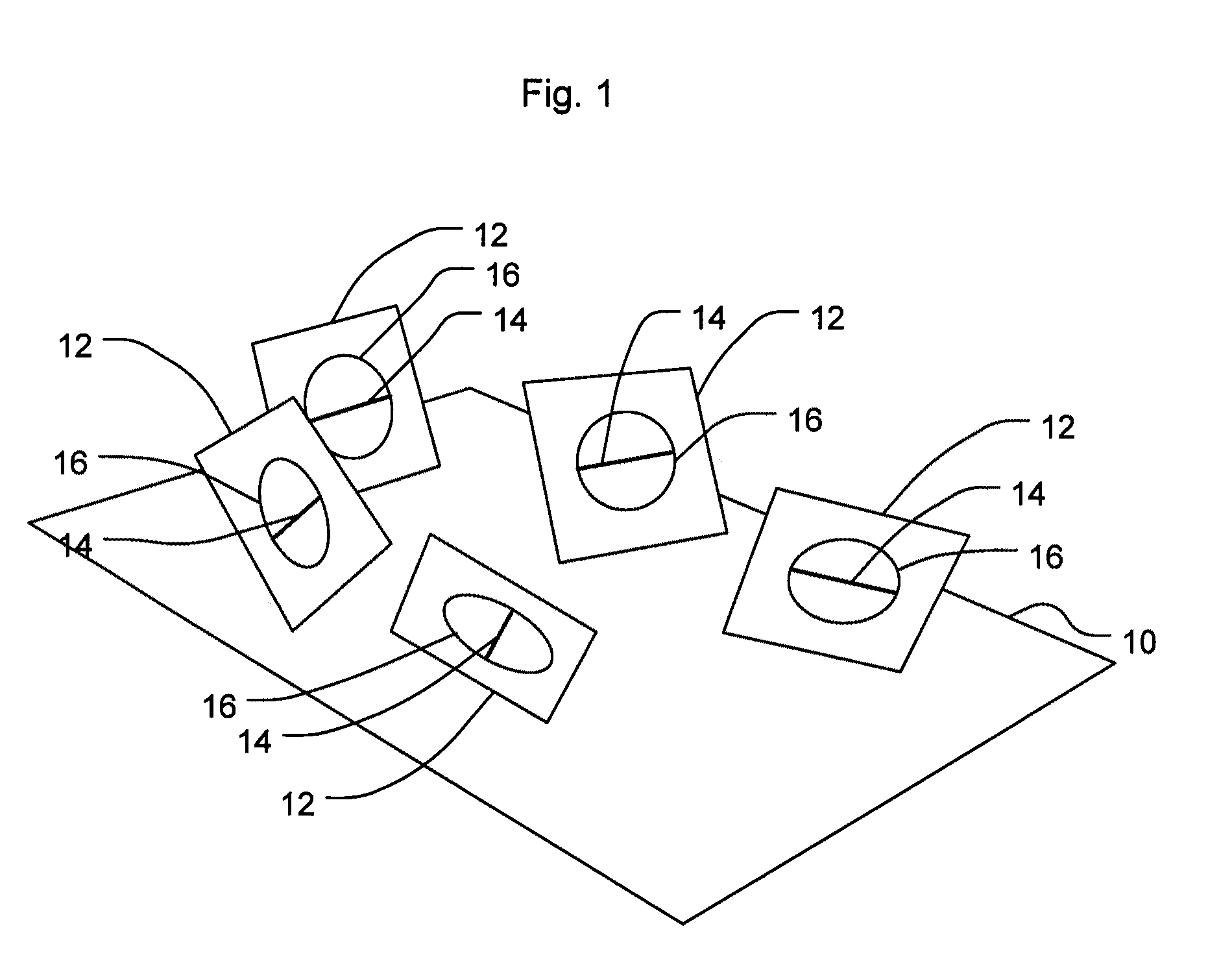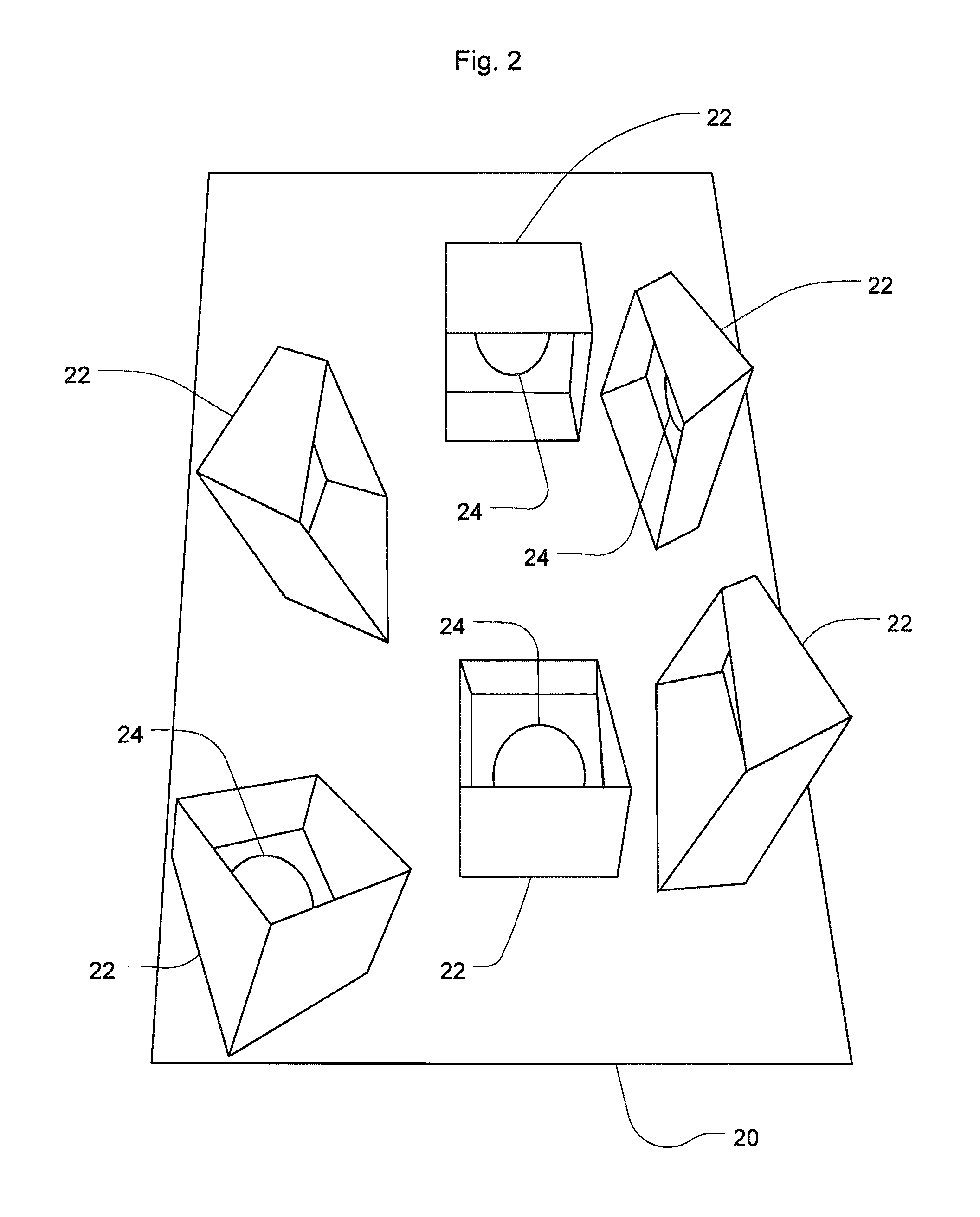Laparoscopic camera navigation trainer
a technology for navigation trainers and laparoscopic cameras, applied in educational models, instruments, educational appliances, etc., can solve the problems of poor performance of camera navigators, loss of direct control, and increasing criticality of angled laparoscope use, so as to achieve more efficient laparoscopic navigation
- Summary
- Abstract
- Description
- Claims
- Application Information
AI Technical Summary
Benefits of technology
Problems solved by technology
Method used
Image
Examples
Embodiment Construction
[0028]Embodiments for the system and method of the invention are usable for training for 0° and angled laparoscope camera navigation' and take advantage of equipment already available in laparoscopic skills lab. Throughout this application, the terms “laparoscope” and “laparoscopic camera” are used to denote a laparoscope device for obtaining video images. The term may be used to refer to a laparoscopic camera system. These devices are common in the art; common commercial models of a laparoscopic camera system include a lens, a digital camera, a processor for converting the digital camera's signals into a signal that may be displayed on a video monitor, and a video monitor. One preferred embodiment included a 27.5 cm×21 cm video monitor as part of the laparoscopic camera. Laparoscope lenses are available in various angles, including 0° 30 degrees, 45 degrees, and so on. In this application, an angled laparoscope is a laparoscope having a lens angle other than zero degrees.
[0029]Embo...
PUM
 Login to View More
Login to View More Abstract
Description
Claims
Application Information
 Login to View More
Login to View More - R&D
- Intellectual Property
- Life Sciences
- Materials
- Tech Scout
- Unparalleled Data Quality
- Higher Quality Content
- 60% Fewer Hallucinations
Browse by: Latest US Patents, China's latest patents, Technical Efficacy Thesaurus, Application Domain, Technology Topic, Popular Technical Reports.
© 2025 PatSnap. All rights reserved.Legal|Privacy policy|Modern Slavery Act Transparency Statement|Sitemap|About US| Contact US: help@patsnap.com



